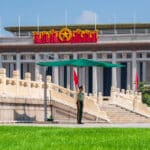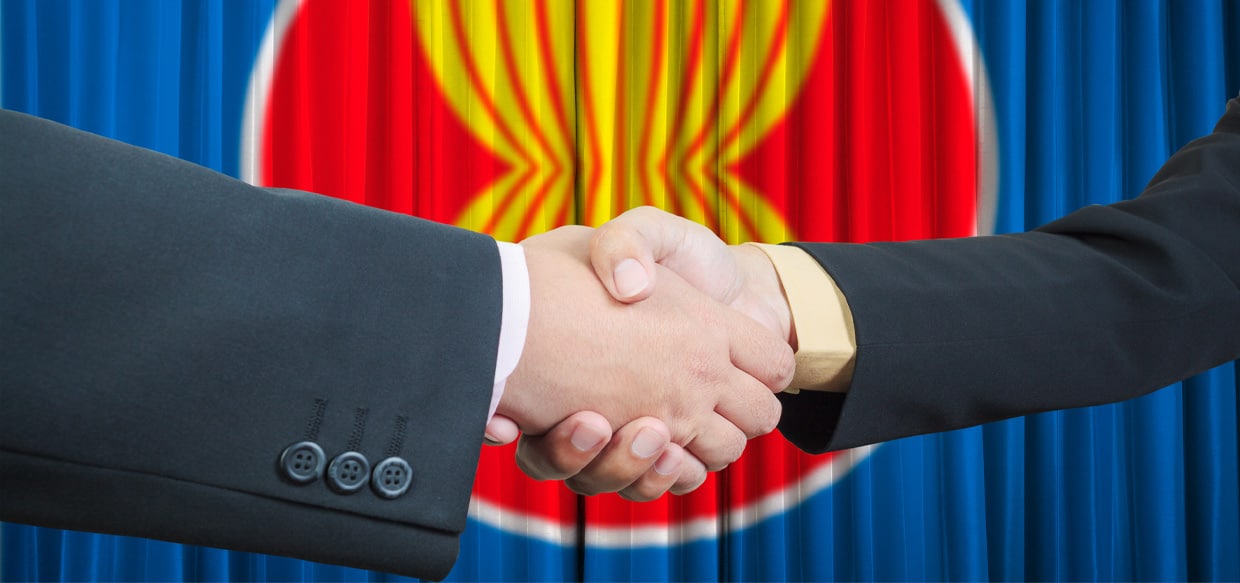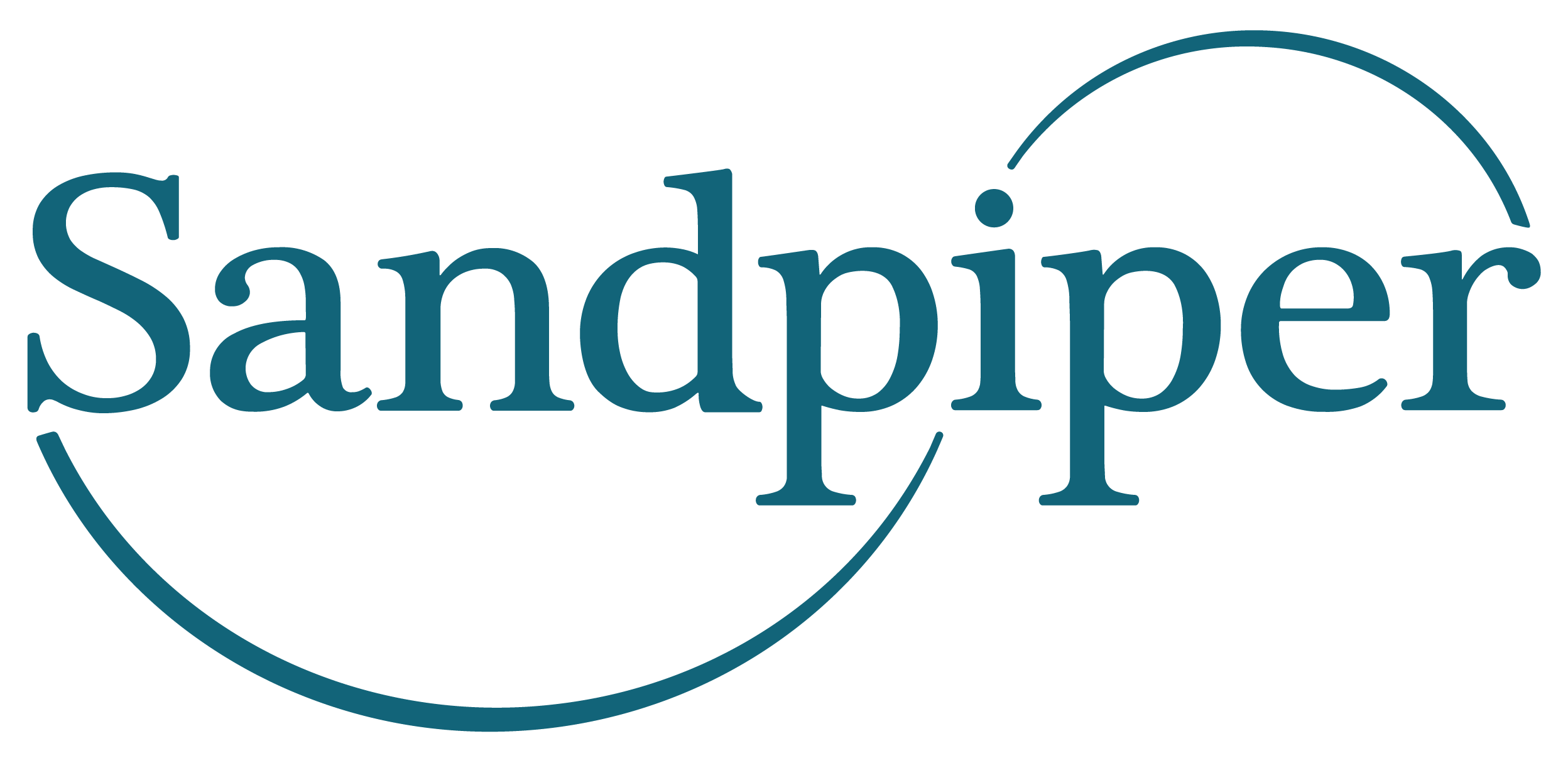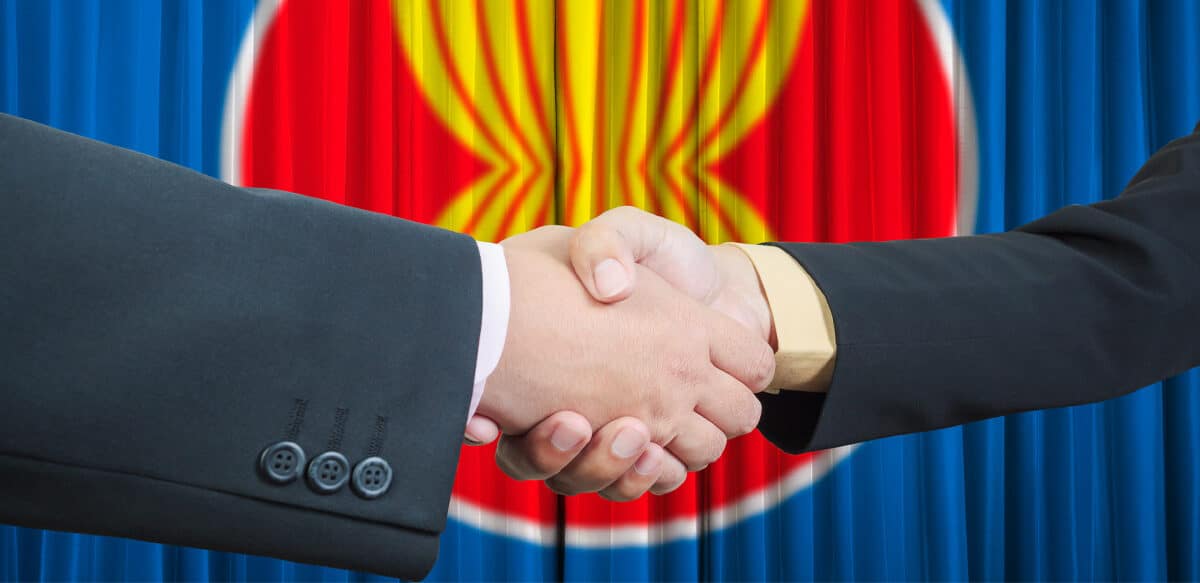
Fourth Plenum signals confidence and continuity ahead of Xi-Trump summit in Busan
At a Crossroads: ASEAN and the Future of Regional Cooperation
November 2025

By Simon Buckby, Managing Director, Government & PublicAffairs, and Rohan Sudhaman, Sandpiper’s Government & Public Affairs practice.
ASEAN summits don’t usually attract as much attention as the most recent meeting in Kuala Lumpur, but then again, they don’t usually feature US President Donald Trump. As part of his tour through Asia last month, the US leader stopped in Kuala Lumpur to preside over a “peace deal” between Cambodia and Thailand and proclaim himself a peacemaker once again, and to seal the deal on tariff rates with states across the region. Incidentally, Thailand refuses to call the joint declaration a peace deal, but that didn’t bother Trump as he set off for Japan shortly after its signing.
Trump’s presence capped off a lively summer of activity for ASEAN, as the group sought to reassert itself in regional affairs as members were tested by global and regional instability. Dealing with tariffs, internal conflict, and welcoming East Timor as its eleventh member has breathed new life into the organisation.
Introduction
Since its foundation in 1967, ASEAN has been a fixture in Southeast Asian economic and political relations, aiming to promote development and stability between its members. Unlike its flashier cousins the EU, G7 or G20, the diplomacy practiced in ASEAN has historically been more understated and private.
In 2025, global geo-political turbulence, US tariffs and great power politics, as well as regional political and military challenges, are testing cooperation within ASEAN. How has the bloc managed this turbulence, what more could the association do, what does the future hold? What does this mean for strategic communicators and advisors in the region?
The ASEAN Way outlines how relations between member states as well as other countries are approached. It highlights the importance of not interfering in domestic affairs, of quiet diplomacy, of allowing members to privately and informally resolve disputes out of the public eye.
ASEAN relies on personal relationships between leaders, and a collective willingness to engage, giving it great potential for influence in the region.
Measured ASEAN Response to Trump Tariffs
On 2 April, Trump announced tariffs of 10-49% on ASEAN countries reliant on US exports. Cambodia, Laos and Vietnam faced the highest charges of 46-49%. The ASEAN response was both measured and limited, allowing members to approach the US unilaterally first, and then (once that route was exhausted), to convene a meeting and issue a joint statement. The restrained approach emphasised the intention to engage in dialogue, and highlighted the central role of ASEAN nations in supply chains linked to the US.
Many commentators remarked that tariffs may drive China closer to the bloc, to replace US investment. Other note that while the US tariffs highlight the need for ASEAN cooperation, economic diversity in the region may lead nations to chart their own course.
In the end, almost every country ended up with a significant cut to a 19% tarrif (except Vietnam on 20%, Singapore on 10%, and Laos the outlier on 48%, having made no progress in negotiations with the US). This has delivered stability and created a relatively low tariff corridor, enabling supply chains to facilitate the continued expansion of manufacturing upon which the region has become reliant.
Responding to the Thailand-Cambodia Conflict
While economics and trade are the current focus of ASEAN, its traditional role has been mediation and conflict prevention between its members. When the ongoing territorial dispute between member states Thailand and Cambodia escalated into a border war earlier this year, Malaysian Prime Minister Anwar Ibrahim chaired a special session of the bloc before ASEAN, then negotiated a successful ceasefire between Bangkok and Phnom Penh.
Commentators pinned this success on the proactive nature of Malaysia’s Ministry of Foreign Affairs, as well as external pressure from the US and China, not the institutional mechanisms of ASEAN itself. In other words, the success was driven by personal relationships, in line with ASEAN tradition.
The ASEAN Paradox – Strength Becoming Weakness
ASEAN has been helped by strong relations between the leaders of its member states, yet to reach its full potential, it may be required to evolve.
The disparate internal politics of ASEAN members have traditionally led to strengths based on foundations of non-interference. But as new geopolitical developments such as Trump’s tariffs and the rivalry between the US and China show, the reliance on relations between the group’s top leaders have rendered the organisation institutionally weak.
Because of the principle of non-interference, ASEAN also lacks many processes that it could otherwise levy to enforce agreements between members. It has no peacekeepers like the UN, and it can’t withhold project funding like the EU. Its traditional strength may be becoming a weakness in the new geopolitical landscape.
The Future of ASEAN and Impact for Communicators
ASEAN looks poised, however, to move into the future by developing new and more permanent institutions. Its ASEAN 2045 Vision outlines plans to strengthen political cohesion and economic integration, enhance the ASEAN Regional Forum and increase the powers of the annual chair.
While the bloc has done well, with bigger challenges ahead it will be called on to do more. A renewed focus on building internal institutional mechanisms to assist personal diplomacy can reinforce its power, a conclusion with which the ASEAN 2045: Our Shared Future roadmap seems to agree.
As geopolitical turbulence continues, and with ASEAN forced to play a more central role to protect the economies and promote the political stability of its members, this is an inter-governmental forum often overlooked by communications professionals. Sandpiper is monitoring developments closely and is on hand to provide guidance and advice to governments and businesses seeking to get the most from their relationships with ASEAN.




